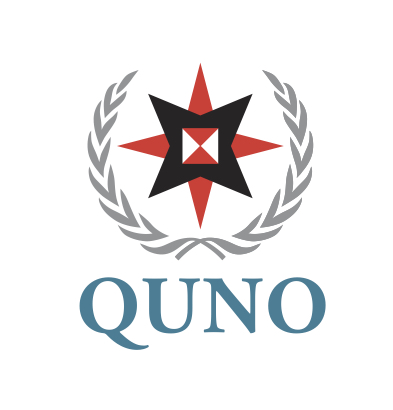The Civil Society-UN Prevention Platform, co-facilitated by QUNO and GPPAC, focused its annual discussion series on developing a joint submission for the New Agenda for Peace (NA4P), due to be published in June 2023. This paper aims to contribute to the drafting process for the NA4P and underscores areas of concern and interest from the discussion series that Platform partners and participants would like to see highlighted in the NA4P. This paper outlines six key proposals and an additional three that the Platform believes will ensure a comprehensive and forward-looking policy through the NA4P.

International Standards on Conscientious Objection to Military Service 2025
This updated paper lays out the ways in which conscientious objection has been recognized and is protected under human rights treaties and mechanisms, taking into account developments in international standards that have occurred since the 2021 edition. These strengthened standards can be used by front line organizations as a tool to limit suffering, improve lives and challenge root causes of injustice. Available in English, Spanish, French, and Russian.
